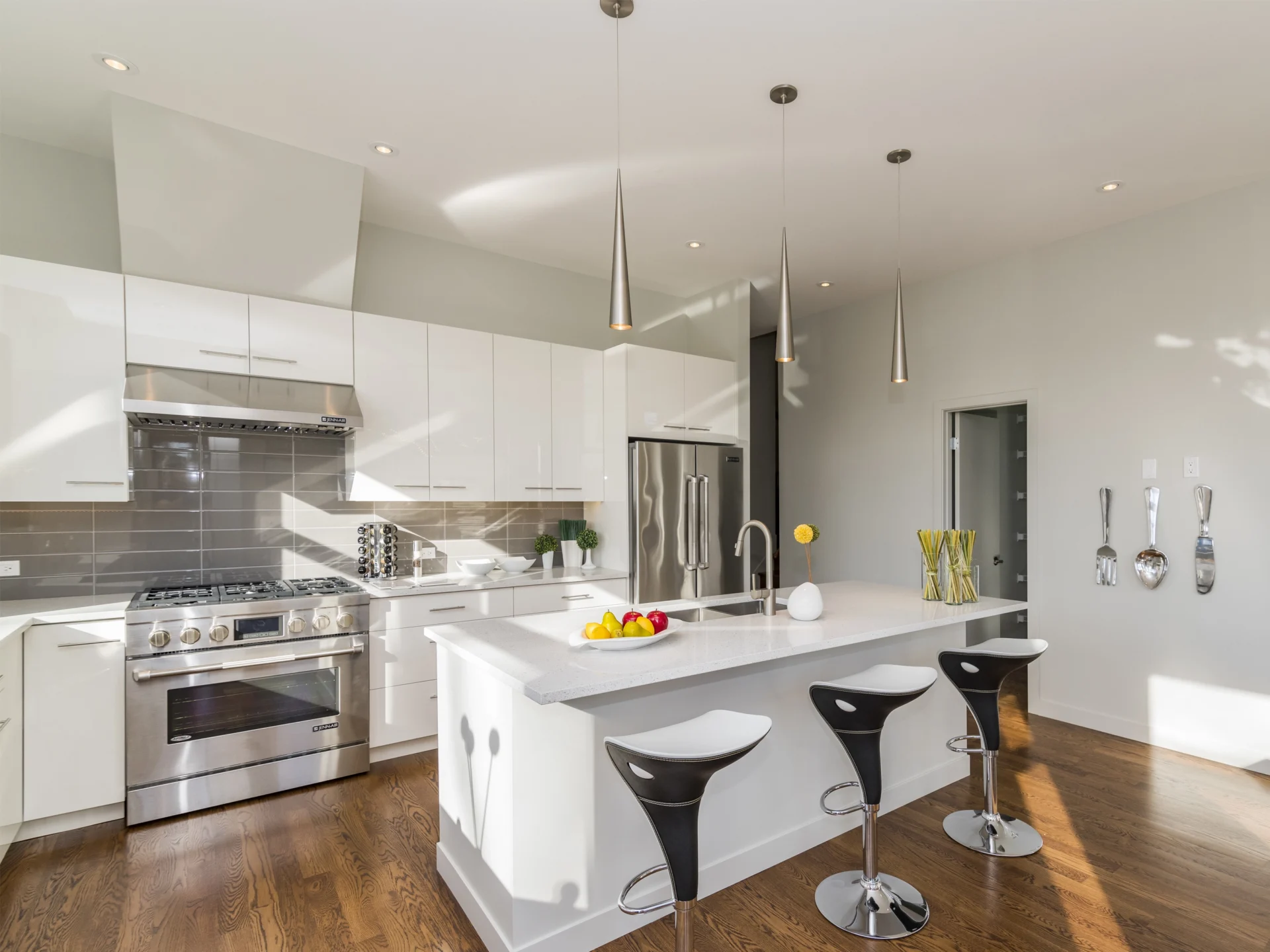
Tracing the Evolution: A Brief History of Fit-Out Design
Fit-out design, also known as interior fit-out or interior refurbishment, has a rich history that spans centuries. From its humble beginnings as a practical necessity to its current status as a creative and strategic discipline, fit-out design has played a significant role in shaping our built environment. In this blog, we will take a journey through time to explore the history of fit-out design and its evolution into the dynamic field it is today.
Origins in Functional Adaptation:
The concept of fit-out design can be traced back to ancient times when humans began modifying their living spaces to suit their needs. In ancient Egypt, for example, hieroglyphs and archaeological evidence reveal the use of interior finishes, such as wall paintings and decorative motifs, to enhance the aesthetics of temples, palaces, and tombs. Similarly, the Romans used interior design techniques to create visually appealing and functional spaces, employing features like mosaics, murals, and intricate floor pattern.
Rise of Craftsmanship and Artistry:
During the Renaissance period, fit-out design became more sophisticated and expressive. The emergence of skilled craftsmen and artisans led to the creation of ornate interiors in palaces, cathedrals, and aristocratic residences. Elaborate woodwork, exquisite tapestries, and intricate frescoes became symbols of wealth and power. Fit-out design was not only functional but also a form of artistic expression.
Industrial Revolution and Standardization:
The Industrial Revolution in the 18th and 19th centuries brought about significant changes in the field of fit-out design. The mass production of furniture, textiles, and other interior elements allowed for more standardized and accessible design solutions. Interior design became a profession in its own right, and designers started incorporating scientific principles to optimize space planning and improve ergonomics.
Modernist Movement and Minimalism:
The early 20th century witnessed the rise of the Modernist movement, which emphasized simplicity, functionality, and the elimination of decorative excess. Fit-out design became more streamlined and focused on clean lines, open spaces, and efficient use of materials. Architects like Le Corbusier and designers like Mies van der Rohe championed the principles of minimalism, influencing the design of offices, public spaces, and residential interiors.
Technology and Innovation:
With the advent of technology, fit-out design has embraced innovation and versatility. The use of computer-aided design (CAD) software has revolutionized the way designers conceptualize and present their ideas. The integration of smart technologies, sustainable materials, and flexible workspaces has become increasingly important in contemporary fit-out design, catering to the changing needs and demands of modern society.
The history of fit-out design is a testament to the human desire to shape and personalize our built environments. From functional adaptation to artistic expression, fit-out design has evolved into a discipline that encompasses aesthetics, functionality, and human well-being. As we continue to progress, fit-out design will undoubtedly keep evolving, driven by technological advancements, sustainability concerns, and the ever-changing ways in which we live and work.



No responses yet